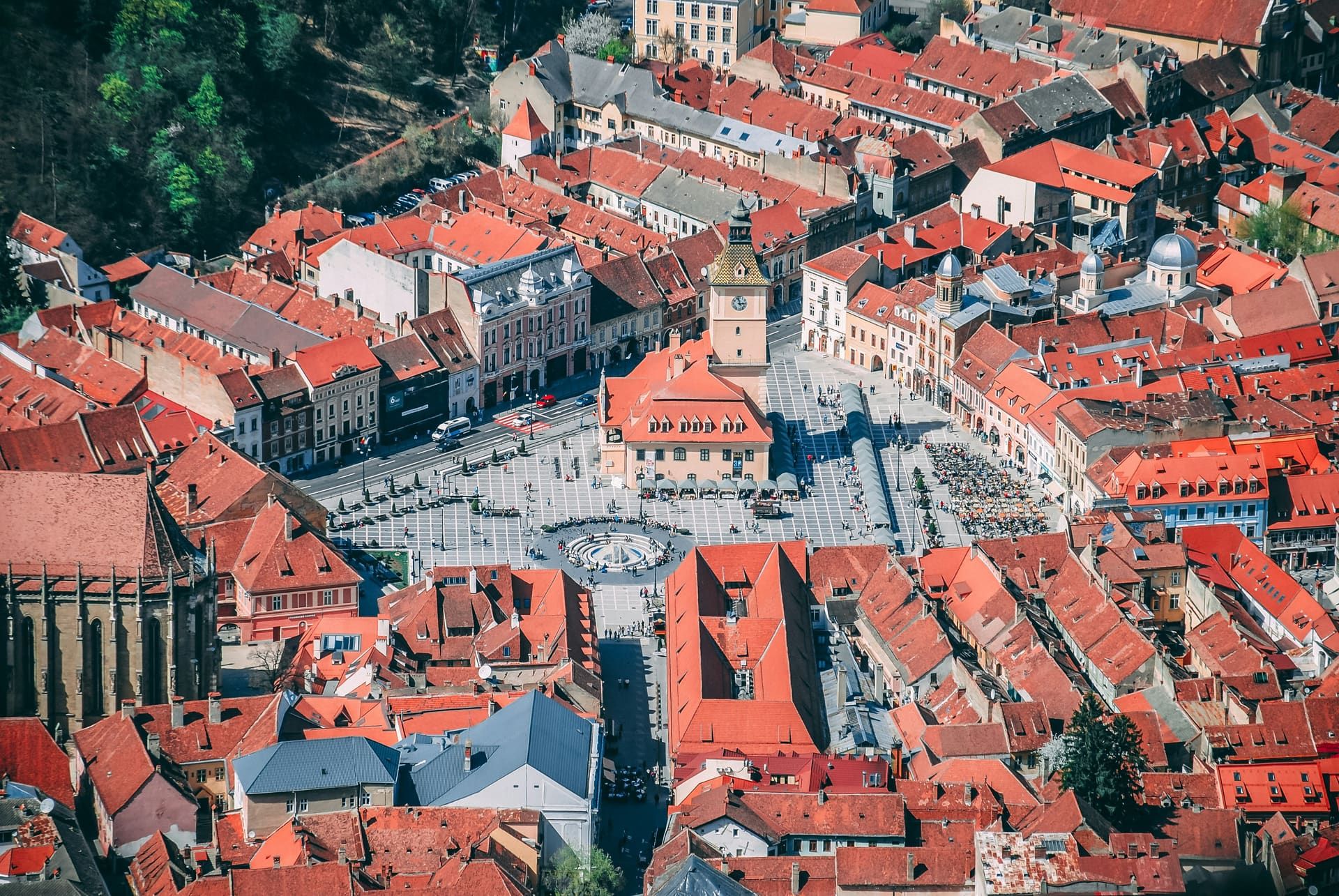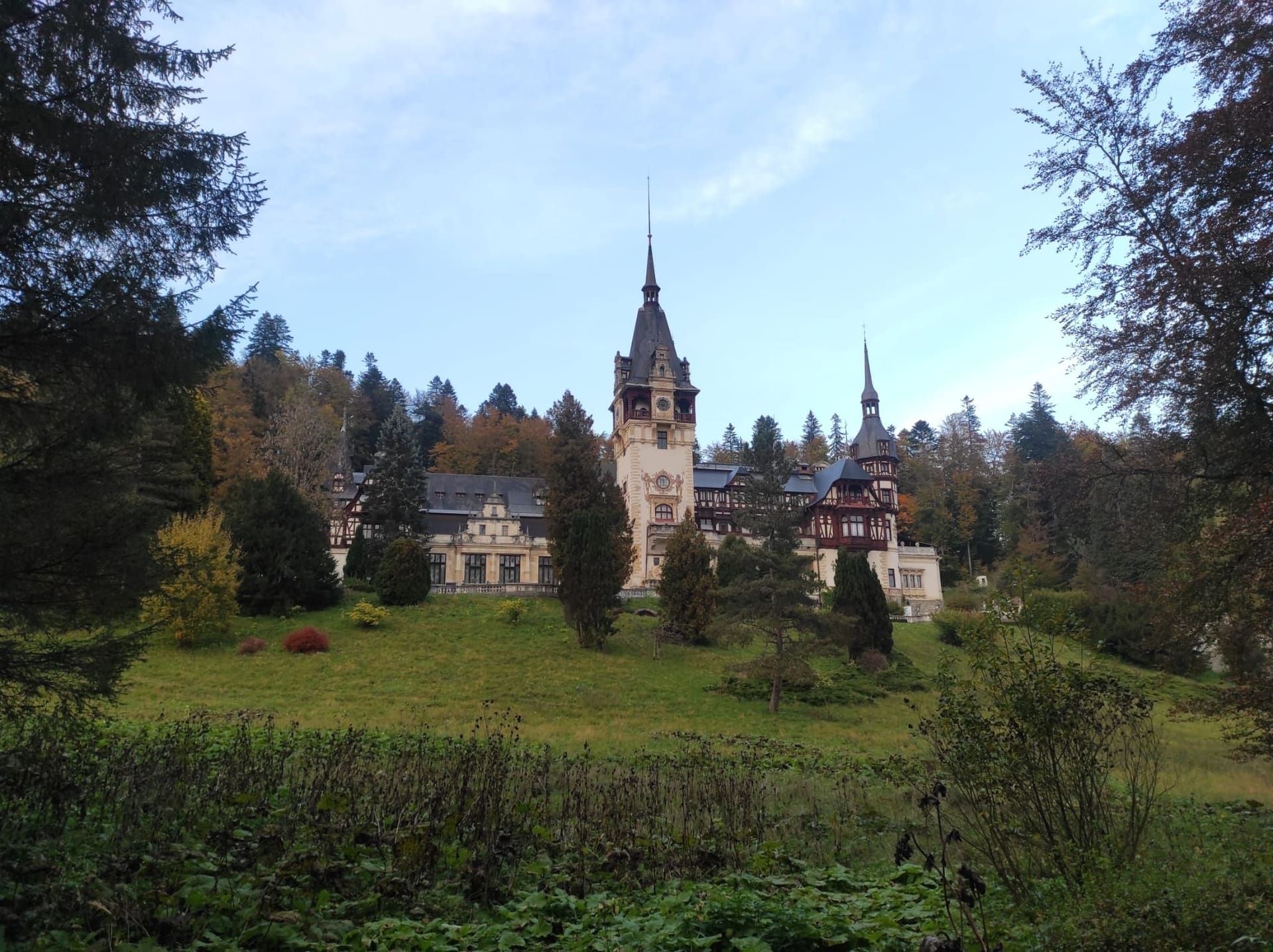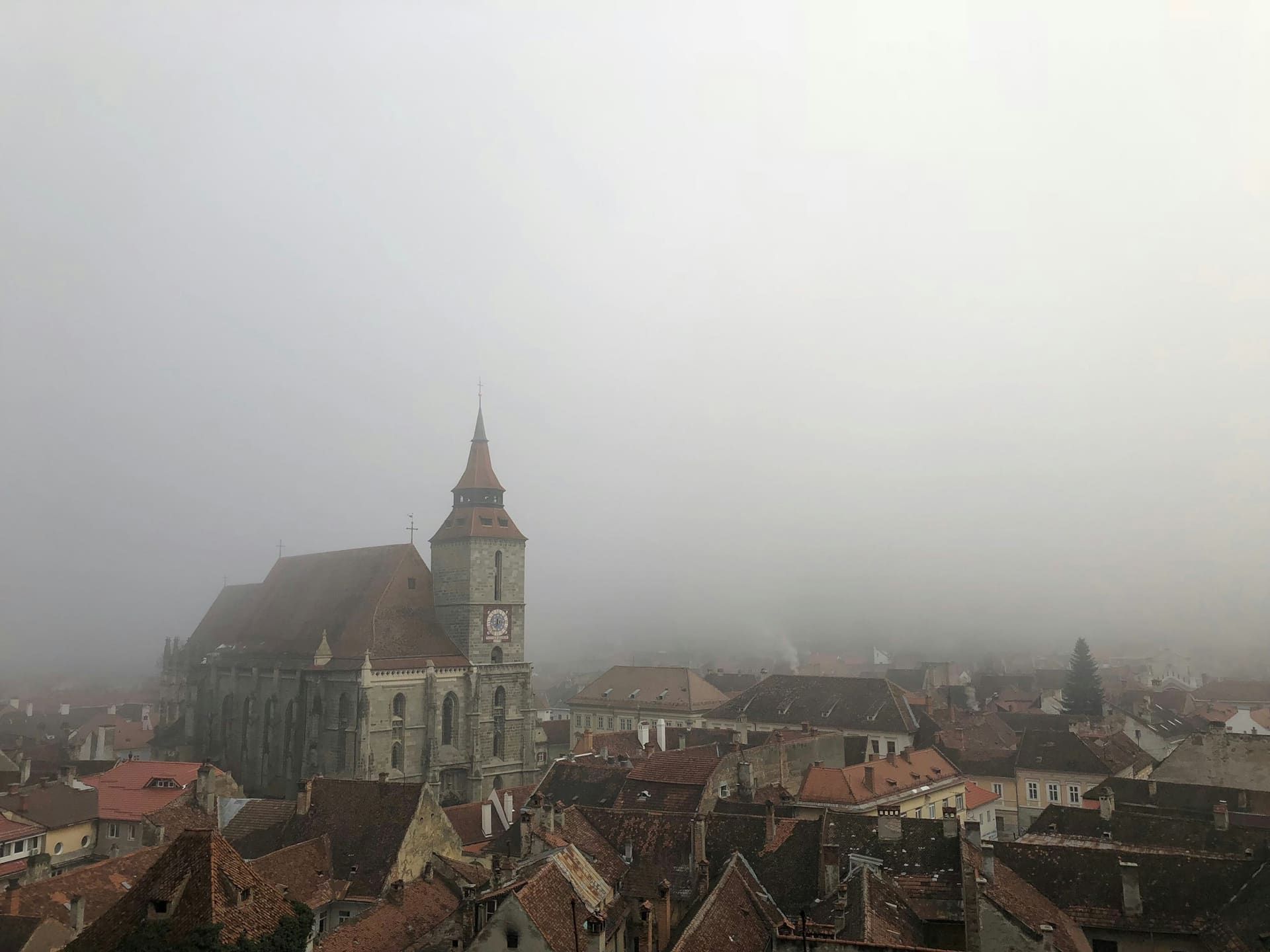
The City of Brașov: History, Landmarks, and Visitor Guide
Nestled in the Southern Carpathians, Brașov blends medieval Saxon heritage, Romanian cultural revival, and mountain adventures—Transylvania's gateway city for history buffs and outdoor enthusiasts alike.
Introduction
Welcome to Brașov, the crown city of Transylvania. Nestled in the Carpathian Mountains, this enchanting city is a perfect blend of medieval history and modern vibrancy. From its Saxon heritage to its stunning natural beauty, Brașov is a destination that will capture your heart.
A Glimpse into History
Founded by the Teutonic Knights in the 13th century, Brașov quickly became a major trading hub in the medieval Kingdom of Hungary. Its strategic location on the trade routes between the Ottoman Empire and Western Europe brought wealth and influence, which is reflected in the city’s magnificent architecture.
Core Landmarks
Brașov’s historic center is a treasure trove of landmarks, each with its own story to tell. Here are a few must-see attractions:
-
The Council Square (Piața Sfatului): The historic heart of the city, where you can admire the colorful baroque buildings and the Old Town Hall. Read more about it in our guide to the Council Square.
-
The Black Church (Biserica Neagră): A monumental Gothic cathedral that is one of the most important landmarks in Romania. Discover its history in our guide to the Black Church.
-
Rope Street (Strada Sforii): One of the narrowest streets in Europe, a fun and quirky photo opportunity.
Adventures Beyond the City Walls
Brașov is also a gateway to some of Transylvania’s most famous attractions.
-
Bran Castle: No trip to Transylvania is complete without a visit to “Dracula’s Castle.” Find out how to get there with our guide to reaching Bran Castle.
-
Poiana Brașov: A premier ski and hiking resort just a short bus ride away. Find out more in our guide to Poiana Brașov.
-
Mount Tâmpa: For the best views of the city, take a hike or a cable car to the top of Mount Tâmpa.
Conclusion
Brașov is a city that has it all: a rich history, stunning architecture, and breathtaking
natural beauty. Whether you’re here for a weekend or a week, you’re sure to fall in love with
this Transylvanian jewel.


